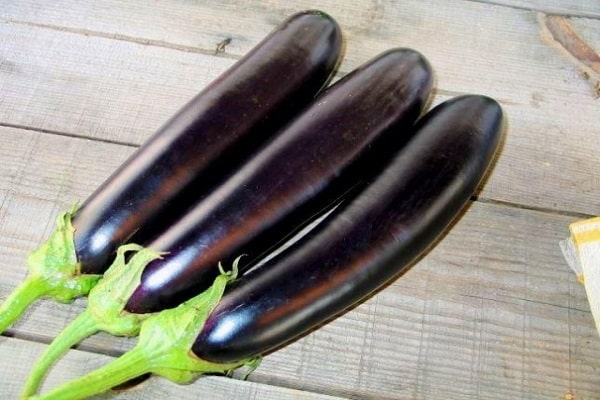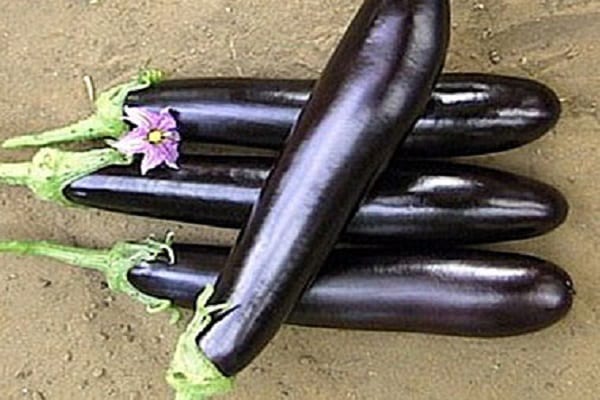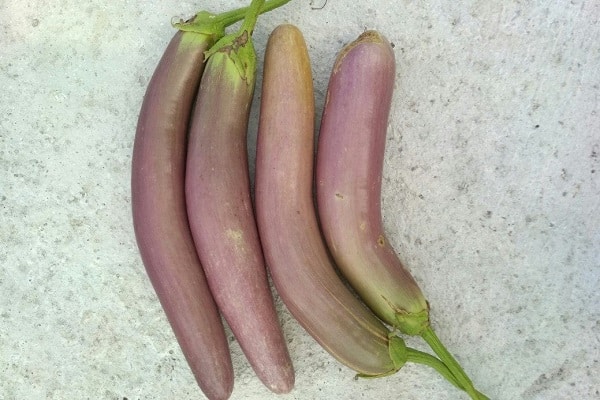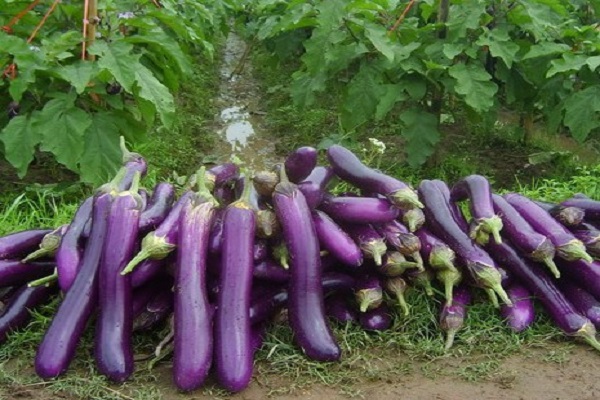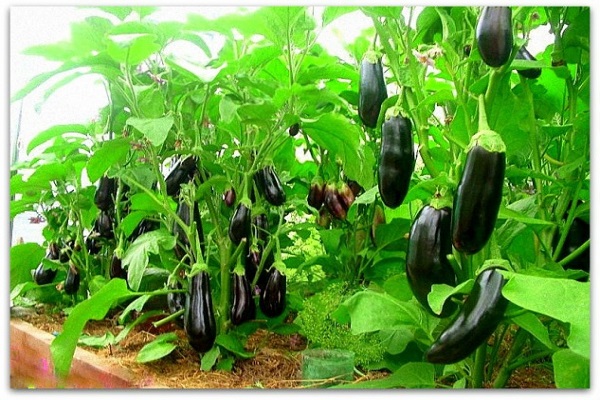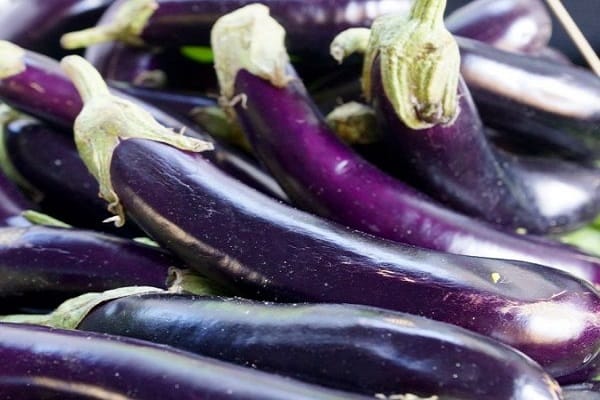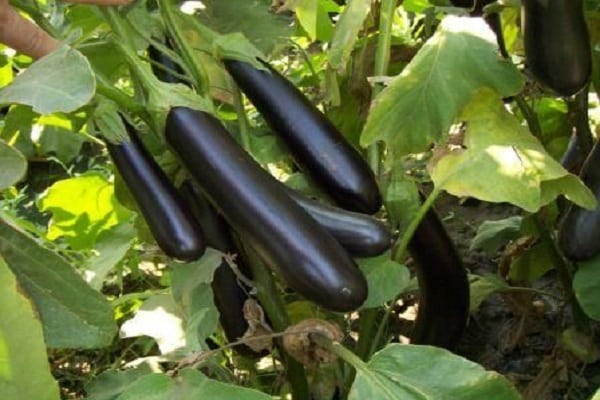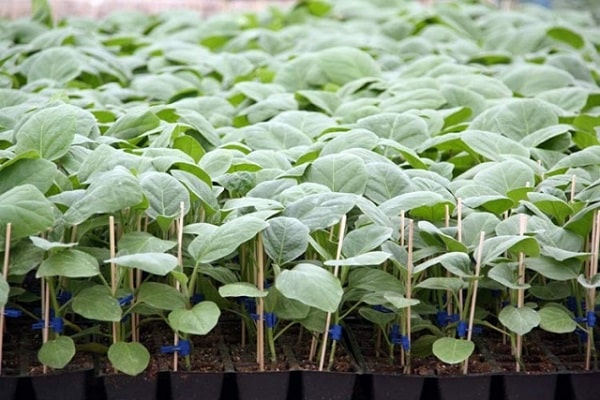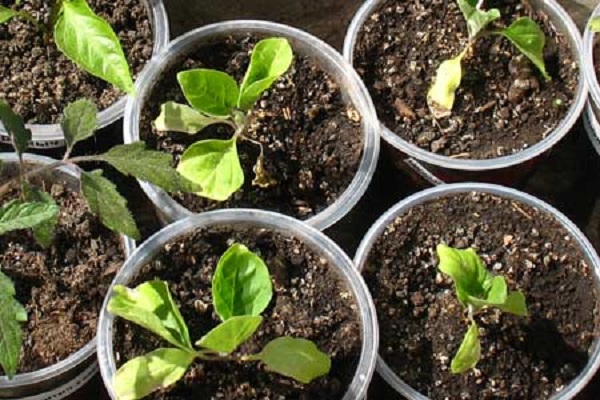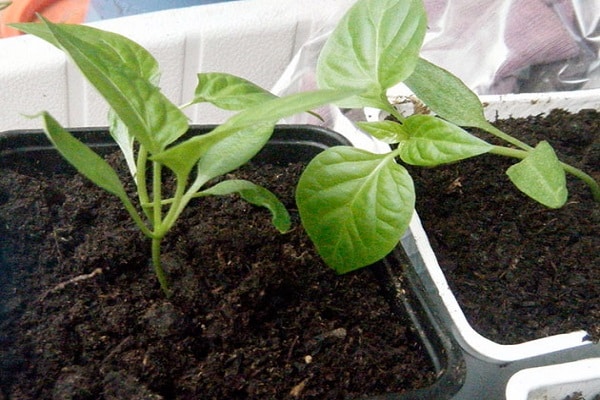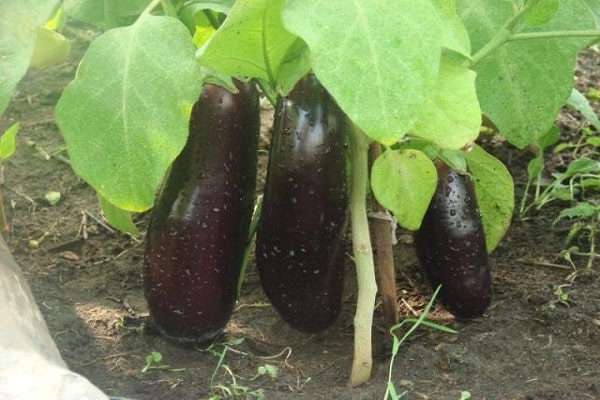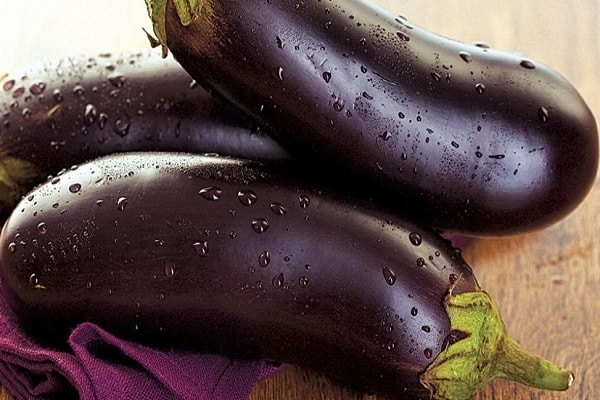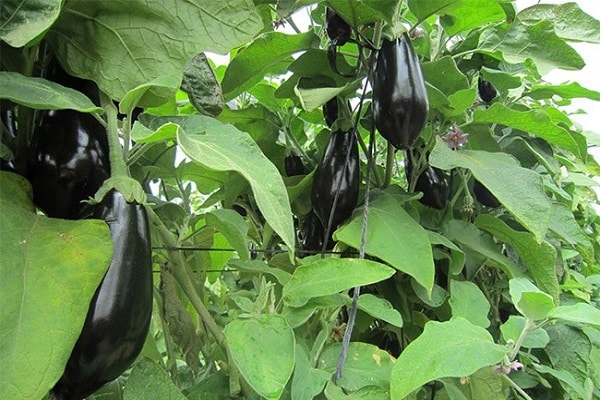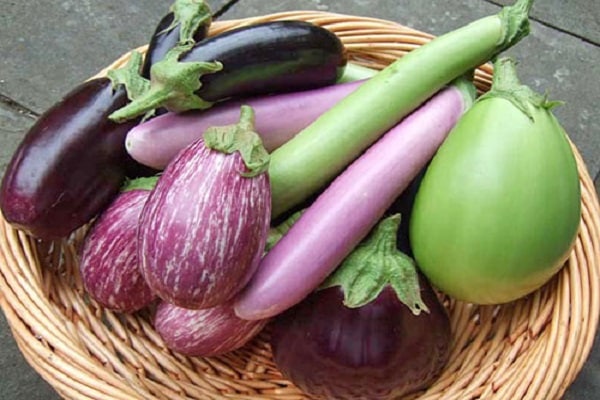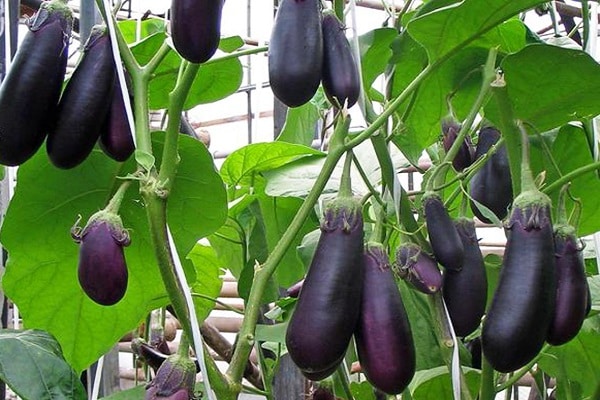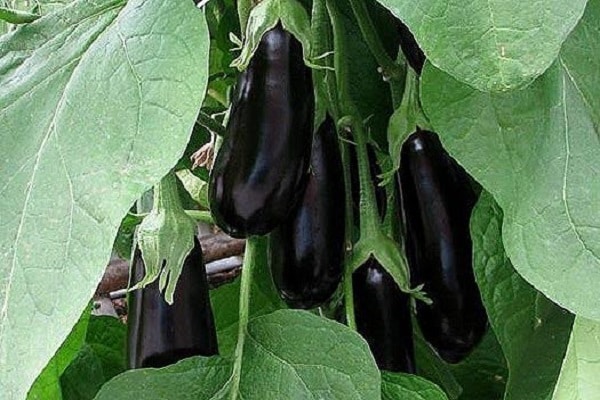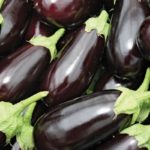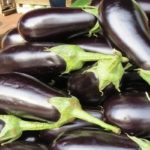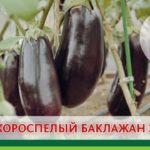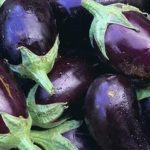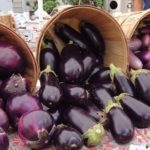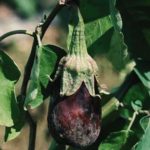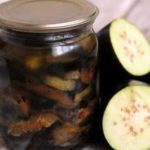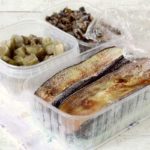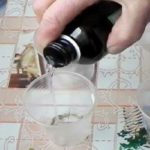Growing eggplants at your dacha requires a lot of effort. This crop is susceptible to various diseases; eggplants also suffer from pests. It is important to choose the right vegetable variety. Its resistance to disease, yield and taste are taken into account. Summer residents note that when planting eggplant of the “Long Purple” variety, you can reap a good harvest.
Detailed description
Eggplant “Long Purple” is considered an early ripening and very productive variety. From sowing to harvest it takes about 3 months. This crop is suitable for growing in greenhouses and open ground. Eggplants are also called blue eggplants because of the characteristic color of the fruit.
The bushes of the plant can grow about half a meter high. The flowers are beautiful, somewhat reminiscent of potato flowers. The fruits are elongated, can be up to 25 cm long and weigh up to 300 grams. The pulp is blue, medium density, greenish-white in color, without bitterness. Vegetables are used for preparing preserves, side dishes and first courses.
The “Long Violet” variety is distinguished by its piquant taste and presentable presentation. Such vegetables do not spoil during long-term transportation.
Characteristics of Long Purple Eggplant
In recent years, many varieties of eggplant have been developed, of different sizes and colors. But more often in gardens there are blue ones that have a beautiful, glossy, purple color. Summer residents are attracted by the characteristics of this culture.
- Blueberry bushes are compact, they do not grow into all available space. The plant grows about half a meter tall.
- Precocity. With the correct timing of planting, diving and planting in open ground, the first harvest can actually be obtained within 3 months. If the seeds are sown in March, the harvest is planned for the end of June.
- Productivity. Up to 10 fruits are collected from one bush, each weighing about 300 grams. With proper care, one bush can produce up to 3 kg of vegetables.
- Tasty and aromatic pulp, with tender seeds.
The “Long Purple” variety can be used not only for preparing first courses, side dishes and snacks. This crop can also be preserved for the winter.
Delicious salted eggplants with fried carrots, parsley and garlic.
Advantages and disadvantages
Like every vegetable crop, this variety has advantages and disadvantages. The advantages include:
- High yield.
- Excellent taste.
- Attractive appearance.
- Long-term storage.
Among the disadvantages, summer residents note susceptibility to diseases and frequent invasion of areas with blue pests. The disadvantages of this variety include the fact that if not properly cared for, the bushes grow weak and have few ovaries.
Growing seedlings from seeds
You can grow seedlings in different ways. If there is no greenhouse, then you can use flower pots or special containers. According to the observation of many summer residents, seedlings from a greenhouse are stronger and more resistant to disease.
In the greenhouse
You can plant seedlings in the greenhouse at the end of February. An important condition for good seed germination is sufficiently warm and fertilized soil. The soil is first fertilized with mineral fertilizers and manure. They wait a couple of weeks and start planting the blue ones.
In landing containers
The soil is collected in containers in the fall, but it is first fertilized. If the idea to plant eggplants came spontaneously, and there is no collected land, it doesn’t matter. Special soil for planting fruits and vegetables can be purchased at a specialty store.
To plant seeds, use plastic containers and peat pots. In the latter case, the seedlings are planted in the ground directly in pots.
You cannot use the same soil for planting seedlings for 2 years in a row. The soil is renewed every year.
Transplanting
Before you start planting seeds, they should be prepared. This is done in several stages.
- Dissolve a full teaspoon of table salt in a liter of warm tap water. Pour the seeds prepared for planting into the solution, mix and leave for 5 minutes. The seeds that float to the top are drained, and those that fall to the bottom are washed well with clean water.
- Dilute potassium permanganate and dip the seeds into the mixture for 20 minutes. The color of the solution should be red, but not saturated. Next, the seeds are dipped into a solution of a growth stimulator and left for 10 hours.
- Place moistened cotton pads in a tray, prepared seeds on them, and cover them with wet cotton on top. The planting material is left in this state for 3 days at room temperature.
After three days, the seeds are evaluated. By this time they should have hatched, so you can remove weak specimens without sprouts or with weak shoots.
Make sure that the cotton pads are constantly damp. Otherwise, the seeds will die!
After this, make holes in the prepared soil with a pencil, place 2-3 seeds in them and sprinkle with earth. Cover the pots with film and place in a warm place. The first shoots usually appear after a couple of weeks. In the greenhouse, blue ones are planted in the same way.
Cultivation care
After the first shoots appear, the temperature in the room is reduced. This will avoid over-stretching the sprouts. For 5 days, keep the temperature no more than 16 degrees during the day, and no more than 13 at night.
Next, the regime is changed, at night the temperature should be about 18 degrees, and during the day - 26. At the same time, weak shoots are removed from the pots.
Watering rules
Eggplant seedlings should be watered as the soil dries out. It is optimal to do this after 2 days on the third. Water for irrigation is taken at room temperature.Do not pour water directly under the root.
Top dressing
The first feeding is carried out after the third true leaves appear on the shoots. For feeding, use mineral fertilizer purchased in the store. Dilute it according to the instructions.
Bush formation
The bush is formed by removing side shoots and leaves up to the first fork. After the plant has flowered, 6-7 of the largest ovaries are left on it, the rest are recommended to be removed.
Diseases and pests
Eggplants are susceptible to diseases, but most often these are the consequences of improper care.
- Blackleg. A fungal infection attacks the plant stem due to overwatering.
- Late blight. In this case, the lower leaves become covered with dark spots. This disease is also of a fungal nature and develops due to excessive humidity.
- Mosaic. This disease manifests itself even during the period of growing seedlings. It is characterized by uneven coloring of the leaves, which dry out over time. Plants affected by this virus have small, irregularly shaped fruits.
Of the pests, plants are most often affected by Colorado potato beetles and slugs. If there are few pests, they are collected, otherwise the plants are treated with pesticides.
Harvest and storage
Eggplants are harvested as the fruits ripen. If the seedlings are planted early, then the first harvest can be harvested at the end of June, beginning of July. Store the harvest in a cellar, refrigerator or cool place. Vegetables are periodically reviewed and spoiled ones are removed.

